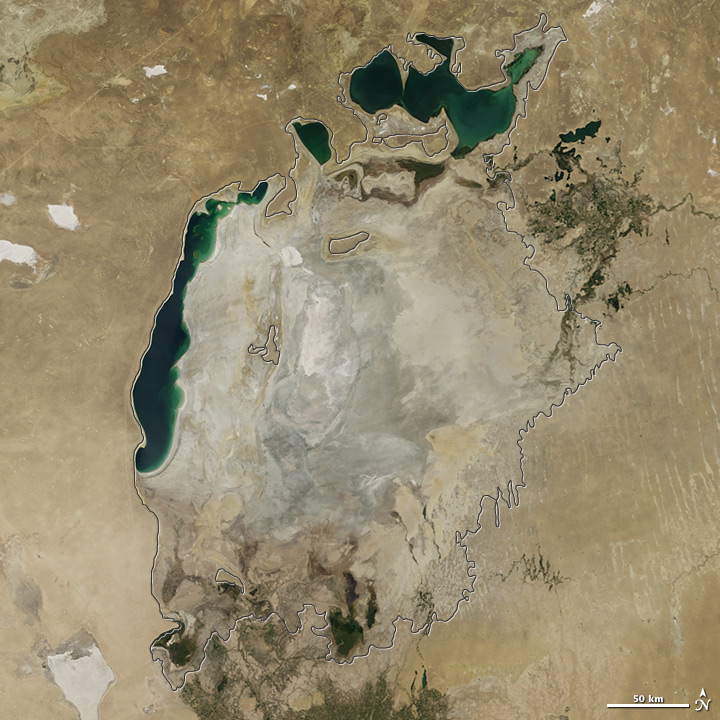Greg Breining, writing for Ensia:
iStockphoto.com/jimkruger
“During the last two springs, contract planters for The Nature Conservancy have spread out through the pine, spruce and aspen forest of northeastern Minnesota. Wielding steel hoedads, they have planted almost 110,000 tree seedlings on public land.
What’s noteworthy about planting trees in a forest? Usually foresters plant seedlings grown from seeds harvested nearby, on the assumption that local genotypes are best suited to local conditions. But these TNC workers were planting red and bur oak (which are uncommon in northern Minnesota) from seed sources more than 200 miles to the southwest, and white pine from as far away as the Lower Peninsula of Michigan, 400 miles to the southeast.
TNC is anticipating a day soon — within the lifespan of a tree — when a changing climate may make the forest unsuitable for some tree species and varieties that now live there. Projections for northeastern Minnesota predict warmer and possibly drier conditions — bad news for the boreal species such as white spruce, balsam fir and paper birch that have defined the forest here for centuries. But a warmer, drier climate would likely make the area better suited for species such as oaks.”
Helping trees move with change, patience you must have my young padawan.





















